Besides the Earth itself, which is 4.54 billion years old, it can be hard to determine what the oldest “thing” on Earth is.
For this list, we chose to cover tangible inanimate objects — such as artifacts, rocks, fossils, etc. — that cover a wide range of categories. And these are time capsules that offer glimpses into the earliest days of our planet.
The oldest things on this list are nearly as old as the Earth and provide insight into what the early days of our planet were like. Some of the other old things represent the beginnings of human civilization and culture.
10. Lydian Lion
Age: c.610 – 600 BCE (about 2,629 – 2,619 years ago)
Country of Origin: The Kingdom of Lydia (modern-day western Turkey)
Category: Archaeological – Oldest coin
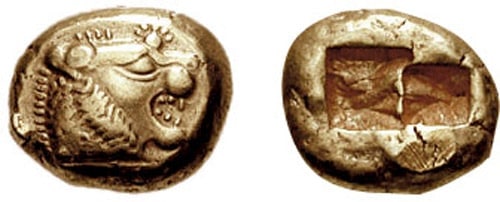
For much of human history, bartering or trading goods was the main economic system. Bartering emerged with some of the earliest civilizations in Mesopotamia around 6000 BCE and would go on to be used by every other civilization for the next several millennia.
However, humans began to look for another system and about 2,700 years ago, the ancient Kingdom of Lydia created the first coins.
These coins were made from electrum, an alloy of gold and silver, and were stamped with a lion’s head. The earliest examples were minted under the reign of King Alyattes and date to around 610 – 600 BCE.
The Lydian coin-based system led other civilizations in the area to also adopt coinage, which increased global trade.
9. Kish Tablet
Age: c.3500 BCE (about 5,519 years old)
Country of Origin: Ancient Sumerian city of Kish (modern-day Iraq)
Category: Archaeological – Oldest Known Writing
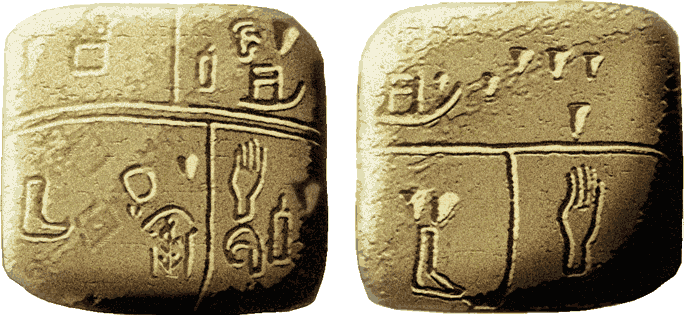
Although the ancient Egyptians and other early civilizations used pictographs to keep records, the first true writing system was developed by the Sumerians from Mesopotamia around 3100 BCE.
The Sumerian writing system was known as cuneiform, which remained in use for over 3,000 years. Several clay tablets containing cuneiform writing have survived and the earliest-known example is believed to be the Kish tablet.
The Kish tablet is inscribed with proto-cuneiform signs and contains pictographs that were still being used in the region at the time. The tablet also shows the beginnings of proper cuneiform script and dates to about 3500 BCE.
8. Geisenklösterle Flutes
Age: 43,000 – 42,000 years old
Country of Origin: Geisenklösterle Cave, Blaubeuren, Germany
Category: Archaeological – Oldest Musical Instruments

Around 50,000 years ago, humans experienced a cultural explosion that resulted in the creation of art, jewelry, music, and other forms of new behaviors.
While scientists believe that the very first instrument was probably the human voice, the first physical musical instruments date back to around the time of the cultural explosion.
The flutes from Geisenklösterle Cave are the oldest musical instruments, that can be definitively identified as instruments, that have ever been discovered.
These flutes were made from bird bone and mammoth ivory and were carbon-dated to between 42,000 – 43,000 years ago. Scientists believe that the flutes and other early instruments were used in recreation or religious rituals.
7. UR 501 Jawbone
Age: 2.5 – 2.3 million years old
Country of Origin: Malawi
Category: Archaeological – Oldest Human Fossil
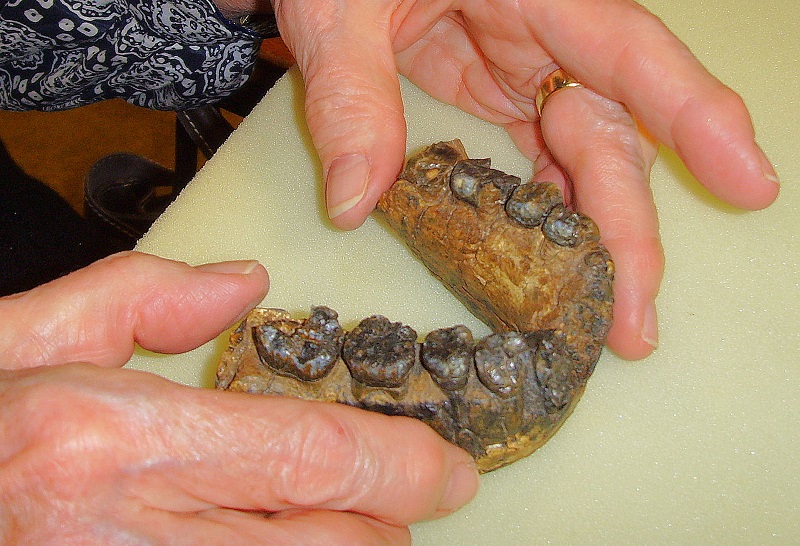
The first hominids (early human ancestors from the species Homo) appeared around 2.5 million years ago. The oldest human fossil, known as UR 501, is a jawbone from a human in the Homo rudolfensis group and is considered the earliest known human fossil — it is estimated to be between 2.5 – 2.3 million years old.
Prior to UR 501’s discovery, early human fossils had never been uncovered in Central Africa. The jawbone’s presence in Malawi suggests that there was a migration route through the East African rift system.
Some researchers believe that that early Homo evolved from a smaller-brained australopithecine in East Africa about 2.5 million years ago and that the evolution may have been triggered by a drop in the world’s temperature.
6. Lomekwi Stone Tools
Age: c.3.3 million years old
Country of Origin: West Turkana, Kenya
Category: Archaeological – Oldest Artifacts
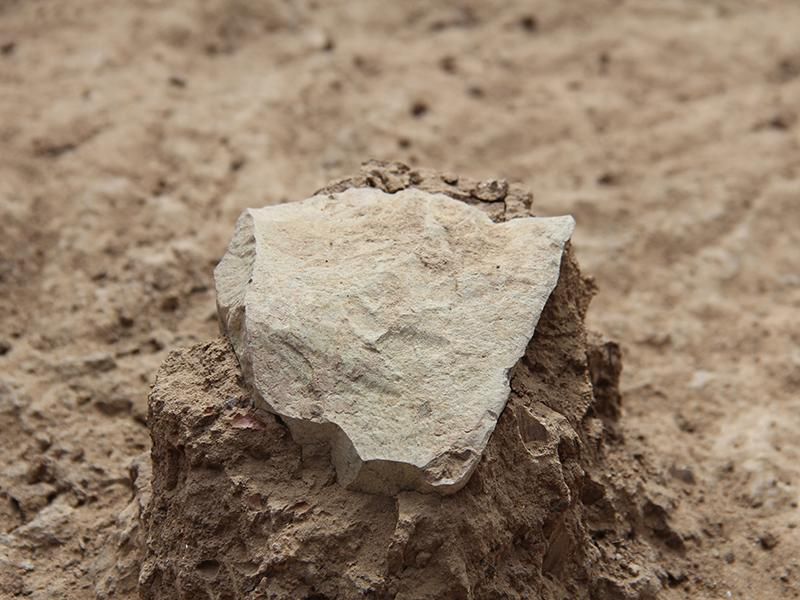
The stone tools found at the Lomekwi archaeological site in Kenya are the oldest tools discovered on Earth. Archaeologists have uncovered about 20 different artifacts from Lomekwi, including anvils, cores, and flakes.
The tools were dated to about 3.3 million years ago and predate the earliest humans by 500,000 years. It is believed that the tools may have been used by early human relatives such as Australopithecus or Kenyanthropus.
Before the discovery of the Lomekwi tools, the earliest stone tools were found in Ethiopia from about 2.6 million years ago and were most likely made by early human ancestors Homo habilis. Researchers say that the Lomekwi tools prove that toolmaking was not just a human characteristic, but that older hominid species also possessed the knowledge to create and use tools.
5. Lake Zaysan
Age: c. 65 million years old
Country of Origin: Kazakhstan
Category: Geographical – Oldest Lake
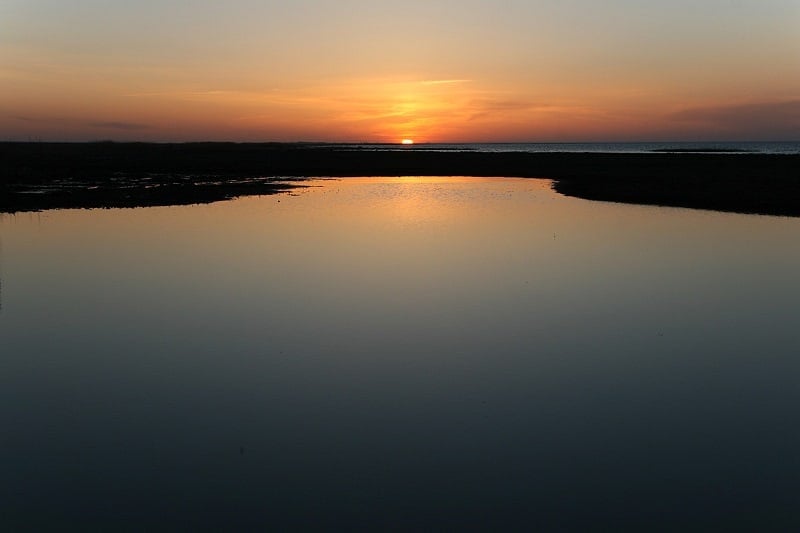
Although another lake, Lake Baikal, is often named as the world’s oldest lake, Lake Zaysan is about 40 million years older and is believed to have formed sometime during the Cretaceous period (145 – 66 million years ago).
Lake Zaysan’s old age is widely accepted but determining the lake’s exact age has been difficult — it may be even older than 65 million years.
This ancient lake is located in Kazakhstan near several artificial reservoirs and the Bukhtarma dam. The construction of the dam caused Lake Zaysan to rise above its natural level by about 6 m (20 ft). This increased Lake Zaysan’s total area and in some sources the lake is listed as part of the artificial reservoirs.
4. Makhonjwa Mountains
Age: c.3.6 billion years old
Country of Origin: Mpumalanga, South Africa and Swaziland
Category: Geological – Oldest Mountain Range
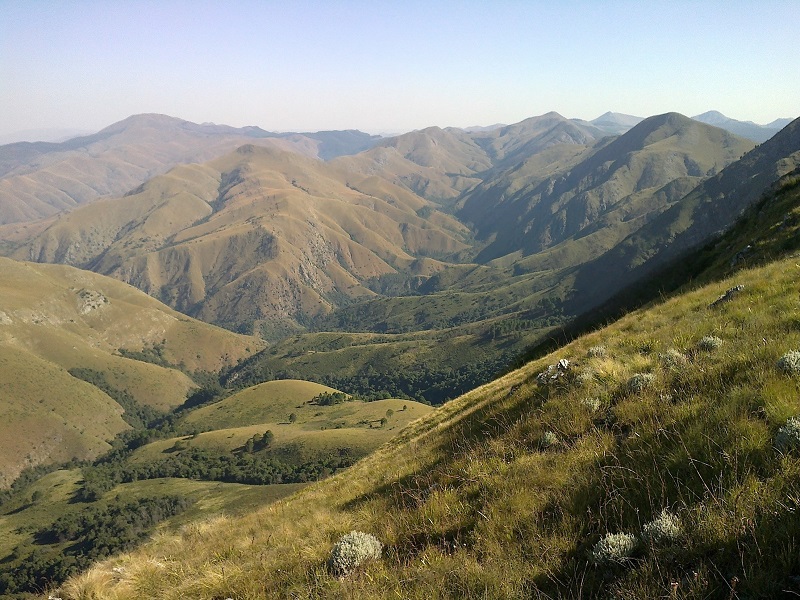
The Makhonjwa Mountains are the oldest mountain range in the world and have been dubbed the “Genesis of Life.”
The mountains are a treasure trove and contain the oldest gold ever found and some of the oldest fossils which represent some of the earliest signs of life on Earth. The Makhonjwa Mountains are even recognized by Guinness World Records as the official oldest mountain range.
At the beginning of July 2018, the Makhonjwa Mountains were added to UNESCO’s World Heritage Site List. The decision was made during the 42nd UNESCO World Heritage Committee meeting in Bahrain.
In addition to being the oldest mountain range, the Makhonjwa Mountains make up about 40 percent of the Barberton Greenstone Belt, one of the oldest geological structures in the world.
3. Stromatolites
Age: about 3.5 billion years old
Country of Origin: Archaen Rocks, Australia
Category: Archaeological – Oldest Visible Organism
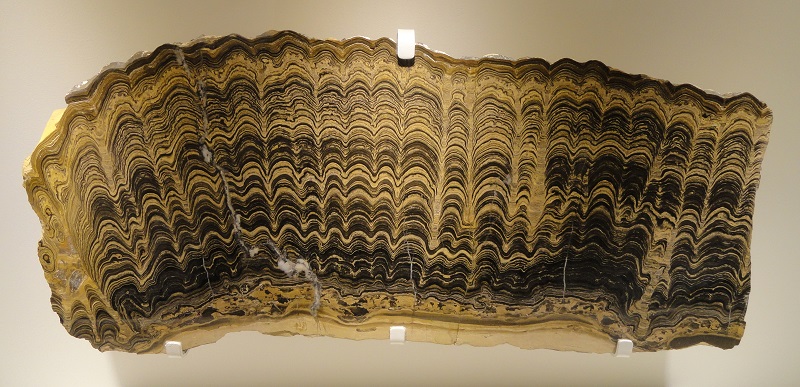
Stromatolites or stromatoliths are layered rocks formed from the fossils of cyanobacteria, microbes that give off a blue-green color. The oldest stromatolites are about 3.5 billion years old and are considered the earliest forms forms life — they would have been the world’s first visible organisms.
While stromatolites still grow in some places in the world today, they disappeared from the fossil record about a billion years ago. Before this, stromatolites were abundant around the world.
New research from 2013, suggests that the stromatolites were infected by a single-celled organism called foraminifera. This caused the stromatolites to turn into throbolites which have clumpy messy layers instead of the fine layers that stromatolites have.
2. Hematite Tubes
Age: c.3.7 – 4.2 billion years old
Country of Origin: Quebec, Canada
Category: Archaeological – Oldest Fossil
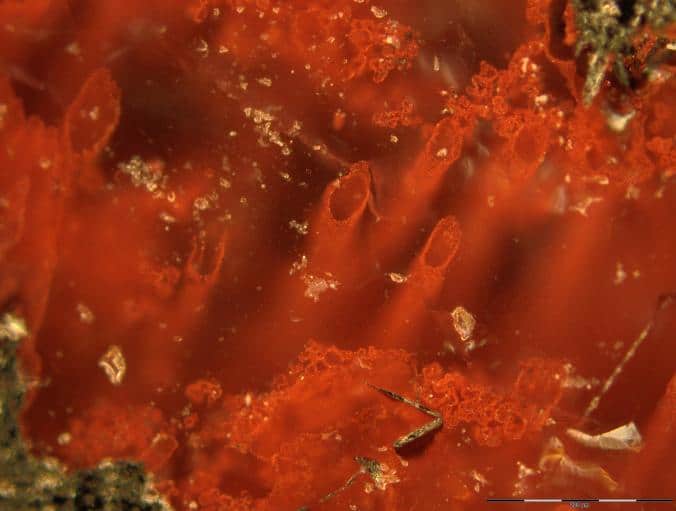
In early 2017, researchers published findings that revealed that they had discovered fossils that are nearly 4 billion years old and show what are probably the earliest known organisms on Earth. The fossils contain tiny hematite tubes, which look similar to structures produced by modern microbes living near hydrothermal vents.
The researchers said that the fossils also contain the chemistry typically found around living organisms, mainly lots of carbon and phosphorous. If their findings can be proven without much doubt, these fossils show that life formed early in Earth’s timeline.
Although the research looks promising, many scientists believe that the fossils are being misinterpreted or aren’t as old as the researchers think.
1. Jack Hills Zircon
Age: c.4.375 billion years ± 6 million years
Country of Origin: Jack Hills, Australia
Category: Geological – Oldest Rock
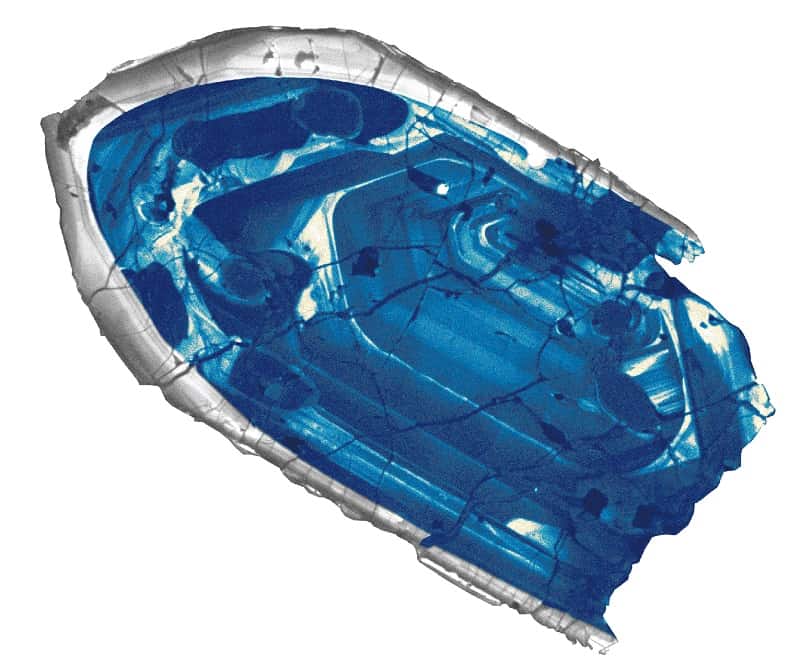
The zircon crystals from Australia’s Jack Hills are believed to be the oldest thing ever discovered on Earth. Researchers have dated the crystals to about 4.375 billion years ago, just 165 million years after the Earth formed. The zircons provide insight into what the early conditions on Earth were like.
Trace elements found in the zircons suggest they came from water-rich, granite-like rocks. According to the geologists who studied the zircons, this information means the Earth cooled quickly enough to produce surface water and continental-type rocks relatively early in the Earth’s history. This means that the early version of Earth wasn’t as inhospitable as scientists previously believed.
OTHER POSTS YOU MAY BE INTERESTED IN











